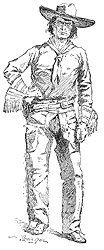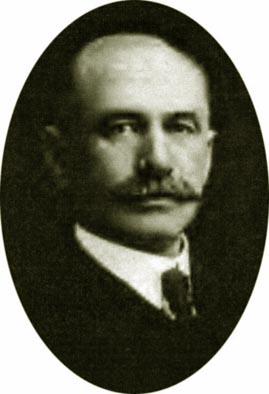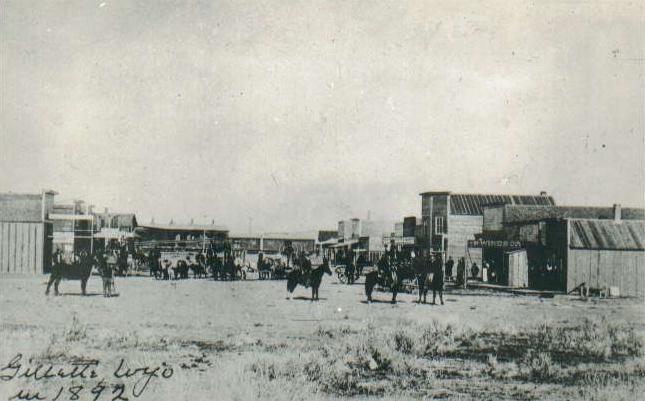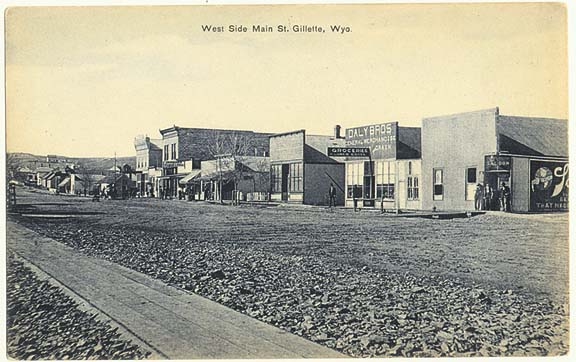
| From Wyoming Tales and Trails This page: Gillette, The coming of the Railroad, Edward Gillette. |
 |

| From Wyoming Tales and Trails This page: Gillette, The coming of the Railroad, Edward Gillette. |
 |
|
|
|
About This Site |
 Welcome Sign, Gillette, 1970's. The Antelope Roundup was sponsored by the American Legion.
 . . . . Left, Edward Gillette, 1871; Right, Edward Gillette, 1908 Gillette was a live town from the start. The cowboys and followers of the railroad saw to that, like many a frontier town in the West, until finally it settled down to an orderly development and is now one of the best county seats on the railroad, in which the state takes much pride. It commands the trade of a large section of country. Its stock raising, farming and coal resources, with the probability of oil fields adjacent, will, no doubt, cause the town to have a considerable growth in the future. The elevation of Gillette is 4546 and track was laid into the town on August 12, 1891. Gillette, Edward, Locating the Iron Trail (Boston: Christopher Publishing House, 1925), pp. 74-76.
The well known early 20th Century lecturer and correspondent Elbert Hubbard in the December 1905 issue of the Philistine, a literary magazine, described Edward Gillette: The Superintendent of the Burlington down Sheridan way is Edward Gillette, the surveyor who ran the line from Nebraska to Montana, a thousand miles, through sage brush, rattlesnake claims and prairie dog preserves, where no civilizing Whites lived, and greasy Crows and treacherous Sioux were supreme. Gillette is a Yale man -- but he has overcome the handicap. Elbert Hubbard's lecture career was cut short by one of the Kaiser's torpedos. Hubbard was on board the Royal Mail Ship Lusitania. Gillette graduated from the Yale Class of 1871. Hubbard's According to Hubbard, Gillette was well respected by the Indians who referred to Gillette's private car as a "big tipi on wheels." Gillette later was the chief engineer of an 1899 War Department exploring expedition to lay out a possible railroad which would open up the interior of Alaska and end dependence upon the good will of a foreign power for mineral wealth. Gillette recommended that the railroad extend from Port Valdez into the interior. Congress engaged in debate over the next seven years. Indeed, Congress was still debating the subject in the 1970's, only the method of transportation changed from railroad to pipeline. Ultimately, Port Valdez became, for the reasons expressed by Gillette, the port at which the pipeline ended. Following school, Gillette worked for two years as a coastal topographic engineer and later became an engineer for the Denver and Rio Grande. When he arrived in Sante Fe, he was broke, and had to borrow money for lodging from Governor Lew Wallace. Following his return from Alaska, Gillette resumed employment with the Burlington System, laying out a railroad route into Cody. He was the son-in-law of H. A. Coffeen, and later served as State Treasuer. (1907-1911).
 Gillette, 1892  Gillette, 1904, looking southwest. |